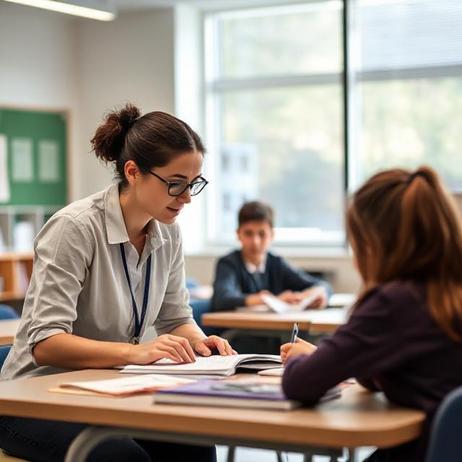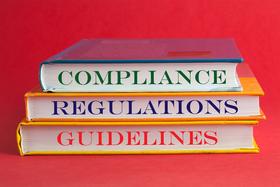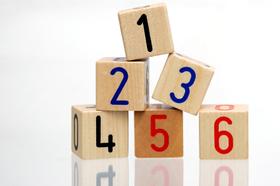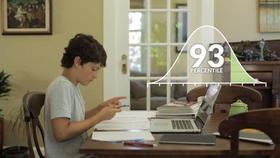Career Outcomes from Community Colleges: Data Every Private School Parent Should See
When parents invest in private-school education, the goal is often clear: setting their child on a path to success, meaningful career options and strong outcomes. But it is worth considering the realities of the broader higher-education ecosystem, including what happens when students choose or transition into two-year institutions. This article explores career outcomes from community colleges, providing data and insights every private-school parent should have in mind.
Why Private-School Parents Should Care About Community College Outcomes
Even for families committed to a private-school journey, it is useful to understand the role of community colleges for a number of scenarios:
A student may attend a private high school then enroll at a community college for affordability or flexibility.
Some students transfer from a community college into four-year institutions; others use them as workforce-entry points.
Understanding data about community college outcomes bridges the conversation about value, credential relevance and career preparation.
Insight into workforce credentials and transfer pathways can inform parents’ discussions about major choice, credential value and long-term plans.
Thus, examining career outcomes from community colleges is not a niche topic—it is part of a full picture of higher-education planning.
Key Outcomes: Completion, Transfer and Earnings
Here are several essential data points from recent research on community colleges:


























